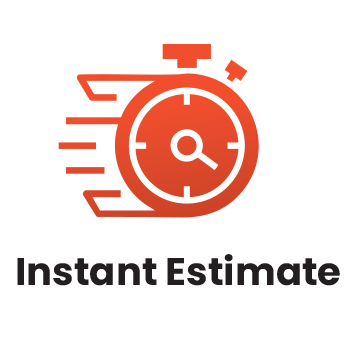Interactive training sessions led by experienced facilitators.
What is In-Person, Instructor-Led Training?
Our in-person training is delivered by a live facilitator who works directly with your team at your location. It’s our most popular format because it allows for real-time interaction, hands-on learning, and direct support.
Every session is tailored to your team’s specific goals, industry, and challenges—no generic, one-size-fits-all programs. Whether it’s a single session or a full training series, we design the experience to be relevant, practical, and fully aligned with your needs.
What is Live Webinar Training?
Live webinars are facilitator-led training sessions delivered online in real time. They’re ideal for teams working in different locations or with busy schedules.
This format offers shorter, more frequent sessions that are easy to coordinate—making it a convenient option for organizations with remote or distributed teams.
What is Virtual Classroom Training?
Virtual Classroom training is live, instructor-led training delivered online. It offers the same interactive experience as in-person sessions, with real-time discussions, group activities, and instructor feedback.
It’s a flexible option for organizations that want to reduce travel, save costs, or better fit training into busy schedules.
What is a Lunch & Learn Session?
Lunch & Learn sessions are short, facilitator-led training sessions delivered in person or online—typically during the lunch hour. They focus on specific topics or skills and offer a quick, engaging way to learn without a full-day commitment.
These sessions can be offered as one-time events or as part of a series, making them a great option for ongoing, bite-sized learning.
Online Learning
Enjoy our self-paced option and learn from anywhere!
$199.00 USD
Inventory Management: The Nuts and Bolts
No business can survive very long without an effective program of controls over the parts and materials that are used in producing or distributing goods and services of the firm. Like many other things that depend on human interpretation, “control” means different things to different individuals.
This is an introductory workshop for you, the warehouse or stockroom manager, the person in charge of what comes in and goes out of your company. You want a smooth and cost-effective operation, with enough products on hand to satisfy needs without stockpiling too much.
This course will discuss all aspects of inventory management, including common terms, the inventory cycle, how to maintain inventory accuracy, and what some of the latest trends are.
LEARNING OBJECTIVES
This one-day workshop will teach participants how to:
- Understand terms that are frequently used in warehouse management
- Identify the goals and objectives of inventory management and measure your process against these goals
- Calculate safety stock, reorder points, and order quantities
- Evaluate inventory management systems
- Identify the parts of the inventory cycle
- Better maintain inventory accuracy


COURSE OUTLINE
What is Inventory?
To begin, participants will explore what inventory is and what key concepts (including LIFO, FIFO, backorders, and lead time) mean. Participants will also look at the goals and objectives of inventory management and analyze where their system can improve.
Types of Inventory
This session will explore anticipation, fluctuation, lot size, and transportation inventories.
Key Players
Next, participants will discuss what roles customers, top management, and employees play in the inventory management system.
Setting up the Warehouse
This session will discuss the objectives of a warehouse and ways to maintain location accuracy.
What Makes a Good Inventory Management System?
Next, participants will discuss types of inventory management systems and criteria for a good system.
The Warehouse Inventory Cycle
This session will introduce the warehouse inventory cycle of demand, receiving, validation, and put-away.
Identifying Demand
In this session, participants will learn how to determine order quantities, re-order points, and safety stock through discussion and a case study.
The Receiving Process
Next, participants will learn what should happen when materials are received into inventory.
Validating Inventory
This session will explore ways to validate the quality of merchandise.
The Put-Away Process
Participants will discuss the five goals of the put-away process.
Maintaining Inventory Accuracy
Next, participants will learn ways to keep their inventory organized and controlled.
The Outbound Process
This session will look at the phases of the outbound process: picking, packing, loading, and shipping.
Industry Trends
To conclude the workshop, we will explore some of the latest inventory management trends, including online systems and just-in-time principles.


















